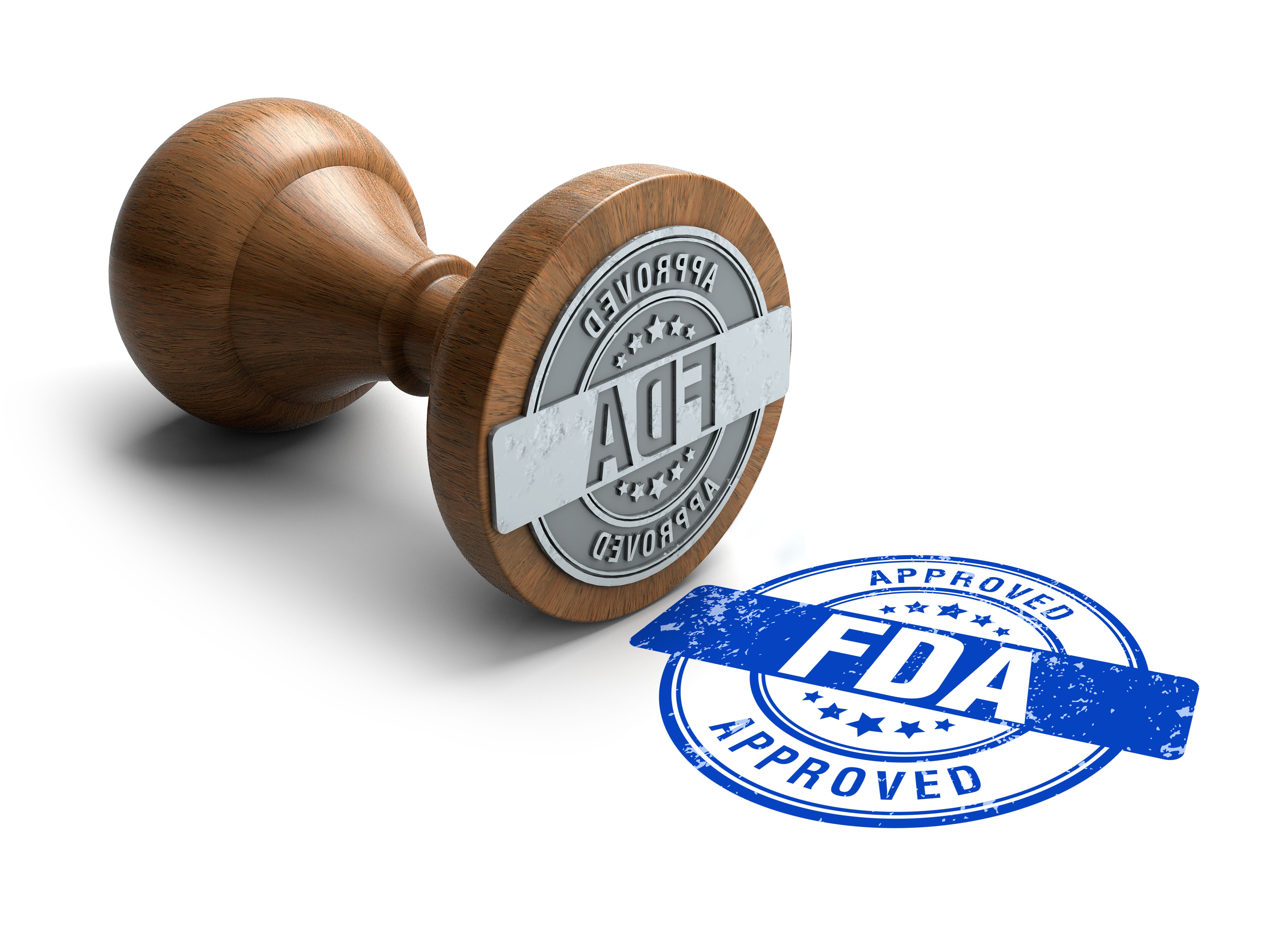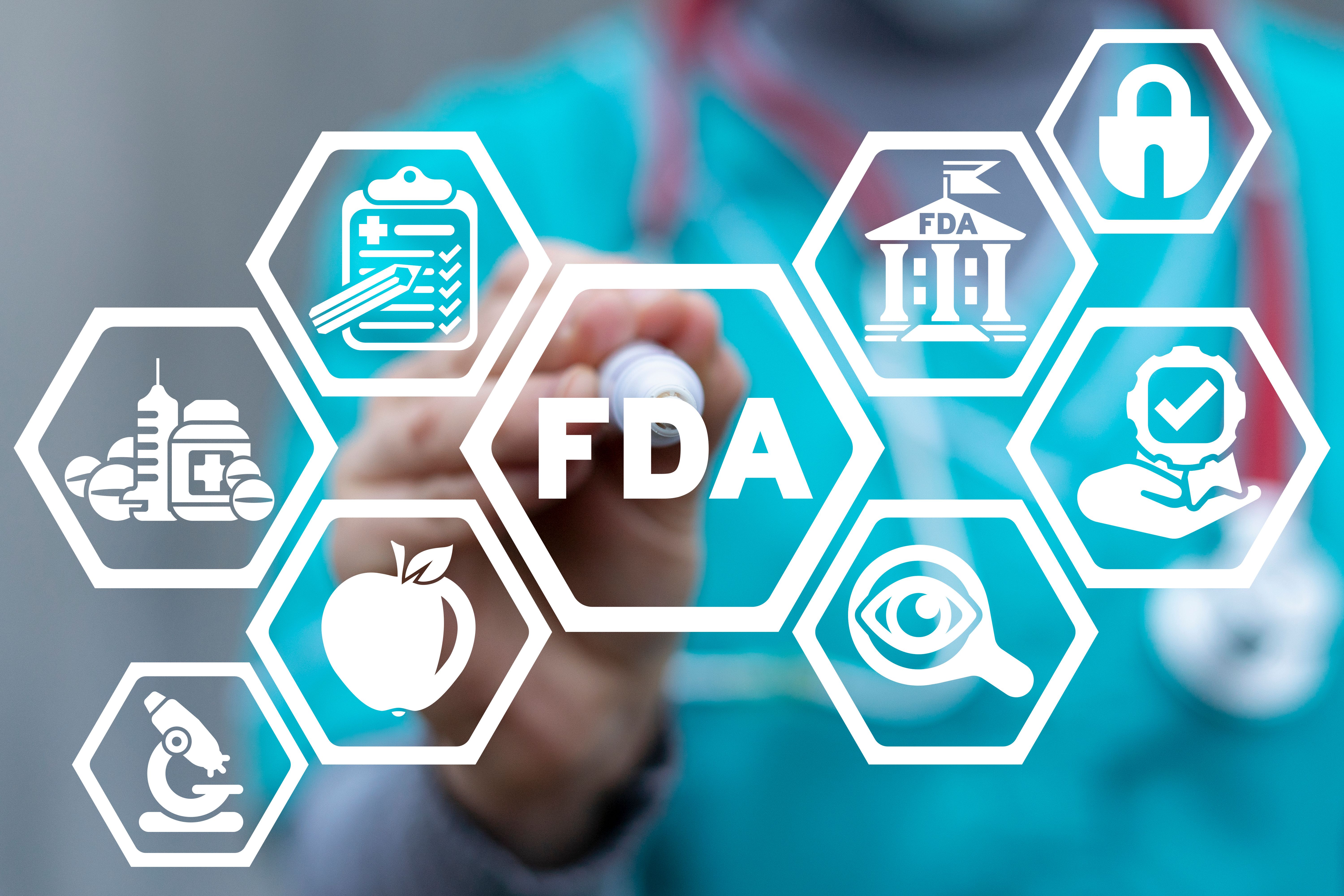Article
5 Abstracts to Look for at ASCO 2018
Author(s):
Here is a preview of 5 of the biggest trial results to be presented at the American Society of Clinical Oncology (ASCO)'s Annual Meeting to be held on June 1 to 5, 2018, in Chicago, Illinois.
The American Society of Clinical Oncology (ASCO)'s Annual Meeting is taking place on June 1 to 5, 2018, in Chicago, Illinois. Here is a preview of 5 of the biggest trial results to be presented at the meeting:
1. Majority of smokers not screened for lung cancer despite USPSTF recommendations
The Unites States Preventive Services Task Force (USPSTF) recommends that people aged 55 to 80 years who were or are current heavy smokers (have smoked at least 30 cigarette pack-years) be screened for lung cancer. Despite these recommendations, a recent analysis of 1800 lung cancer screening sites found that only 1.9% of the more than 7 million current or former smokers were screened for lung cancer in 2016.
The reason for the deficit is “unclear” to study researchers, who are unsure if it relates to low provider referral or potential “patient psychological barriers from fear of diagnosis.” However, the authors of the study have begun to analyze screening data from 2017, and, preliminarily, there has been a small overall incline in screening rates across all regions studied.
2. Shorter trastuzumab treatment duration for HER2+ breast cancer can be just as effective as standard of care
The standard of care treatment for women with human epidermal growth factor receptor 2 (HER2)-positive early-stage breast cancer is 12 months of trastuzumab. However, a recent phase 3 randomized clinical trial, Persephone, found that 6 months of trastuzumab treatment was not inferior to the current standard.
In addition, shorter treatment duration was associated with fewer adverse events that are usually common with the therapy. These results could offer patients the benefit of fewer adverse events, shorter treatment duration, and potential cost savings, as the standard of care of 12-month trastuzumab usually costs approximately $55,000, based on Medicare estimates in 2017.
3. Addition of nelarabine to chemotherapy improved survival for children and young adults with T-cell cancers
In January, ASCO named chimeric antigen receptor (CAR) T-cell therapy the advance of the year in its annual report. Since 2015, the FDA has approved 2 CAR T therapies: axicabtagene ciloleucel (Yescarta) and tisagenlecleucel (Kymriah). However, because the therapies are so new, their impact on long-term survival is not yet known.
In a recent randomized phase 3 clinical trial, 90% of children and young adults with T-cell lymphoblastic leukemia (T-ALL) or T-cell lymphoblastic lymphoma (T-LL) were alive 4 years after beginning treatment, with 84% cancer free. The authors believe that “the addition of nelarabine to standard chemotherapy provided further benefit” for this group of patients. These results are the highest survival rates for these T-cell malignancies reported to date, according to the researchers of the study.
4. Mobile and sensor technology reduced symptom severity for patients with head and neck cancer
In a recent randomized clinical trial, patients with head and neck cancers used technology—such as a Bluetooth-enabled weight scale, Bluetooth-enabled blood pressure cuff, and a mobile tablet with a symptom-tracking app that sent information directly to their doctor—to track symptoms related to both cancer and their respective treatments.
Researchers found that participants using this technology had less severe symptoms than participants who had standard weekly visits with their physicians. In addition, the daily tracking of patient reported outcomes enabled physicians to detect potentially concerning symptoms early on and take action more quickly.
5. Phase 2 study of CAR T-cell therapy in patients with refractory large B-cell lymphoma
In the initial phase 1 ZUMA-1 trial, Yescarta, a CAR T-cell therapy demonstrated significant clinical benefit and safety profile for patients with large B-cell lymphoma that led to its FDA approval. In this phase 2 study, researchers evaluated the patient responses over time to treatment.
Researchers found that at the median follow up (15.1 months) for the 101 patients included in the trial, complete response rates increased from 54% at primary analysis to 58%. According to study authors, these results suggest that the response to the treatment deepens over time, and patients with a partial response are able to achieve complete response up to a year post-infusion.





